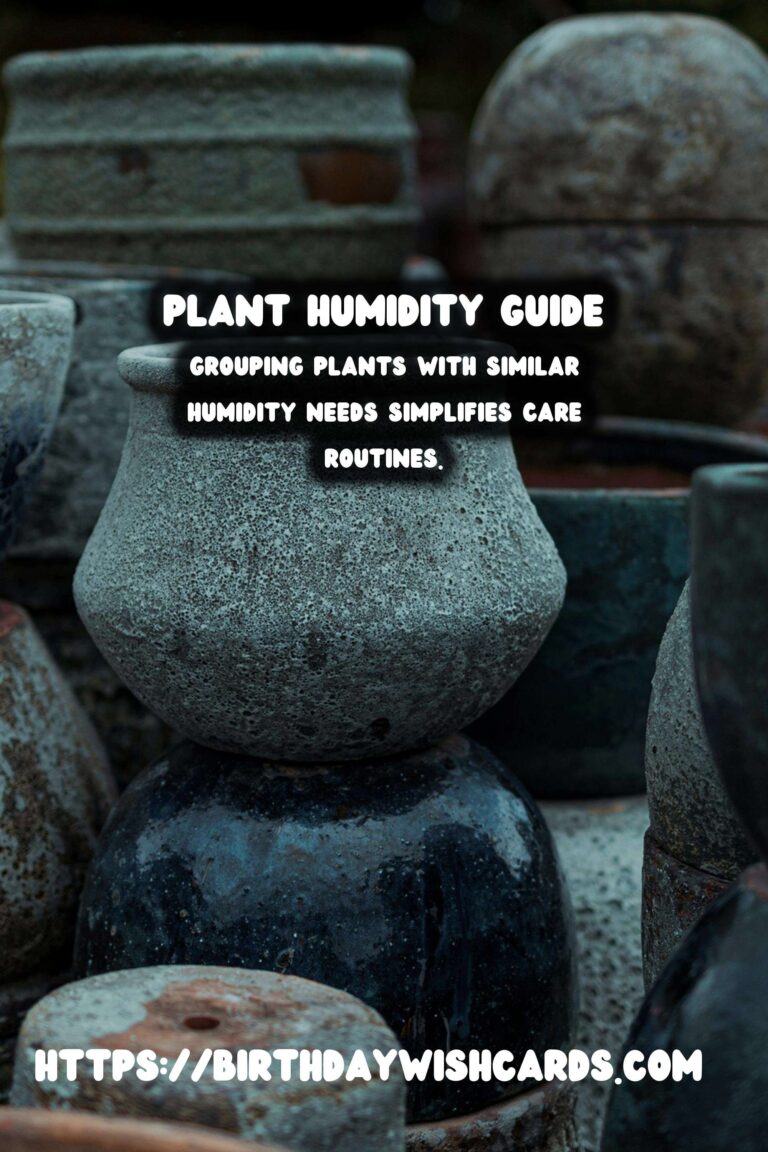
Humidity plays a crucial role in the health and growth of plants. Understanding how to group plants based on their humidity needs can lead to a more vibrant and thriving indoor garden. In this article, we will explore the importance of humidity for plants, how to identify the humidity needs of different plants, and practical tips on grouping plants to ensure they receive the optimal environment.
Why is Humidity Important for Plants?
Humidity refers to the concentration of water vapor present in the air. For plants, humidity is essential because it affects their ability to absorb water and nutrients. High humidity levels can prevent water loss through transpiration, while low humidity can cause plants to dehydrate and develop brown, crispy leaves. Maintaining the right humidity level is crucial for plant health and vitality.
Identifying Plant Humidity Needs
Different plants have varying humidity requirements. Tropical plants like ferns and orchids thrive in high humidity environments, whereas succulents and cacti prefer drier conditions. Understanding these differences is the first step in grouping plants effectively. To determine a plant’s humidity needs, consider its natural habitat. Plants originating from rainforests usually require more humidity, while those from arid regions need less.
Grouping Plants Based on Humidity Needs
Grouping plants with similar humidity needs not only simplifies care routines but also creates micro-environments that enhance growth. Here are some strategies for grouping plants:
1. High Humidity Group
Plants that thrive in high humidity include ferns, peace lilies, and calatheas. These should be placed together in areas like bathrooms or kitchens where humidity levels are naturally higher. Alternatively, using a humidifier or pebble tray can help maintain the required moisture levels.
2. Medium Humidity Group
Plants such as spider plants, pothos, and philodendrons prefer moderate humidity. They can be grouped in living rooms or offices where humidity is balanced. Regular misting can also help ensure they receive enough moisture.
3. Low Humidity Group
Cacti and succulents are perfect for low humidity environments. These plants should be grouped in well-ventilated areas with plenty of sunlight. It is important to avoid overwatering, as these plants are adapted to store water in their leaves.
Additional Tips for Managing Plant Humidity
In addition to grouping, there are several other ways to manage humidity for your plants. Regularly using a hygrometer to monitor humidity levels can help you make necessary adjustments. Implementing humidity trays, misting, and using humidifiers are all effective strategies.
Conclusion
Grouping plants based on their humidity needs is a practical approach to creating a thriving indoor garden. By understanding the specific requirements of your plants, you can improve their health and ensure lush growth. Remember, the key to success is observation and regular care.
Humidity plays a crucial role in the health and growth of plants. High humidity levels can prevent water loss through transpiration. Different plants have varying humidity requirements. Grouping plants with similar humidity needs simplifies care routines. Regularly using a hygrometer helps monitor humidity levels. 
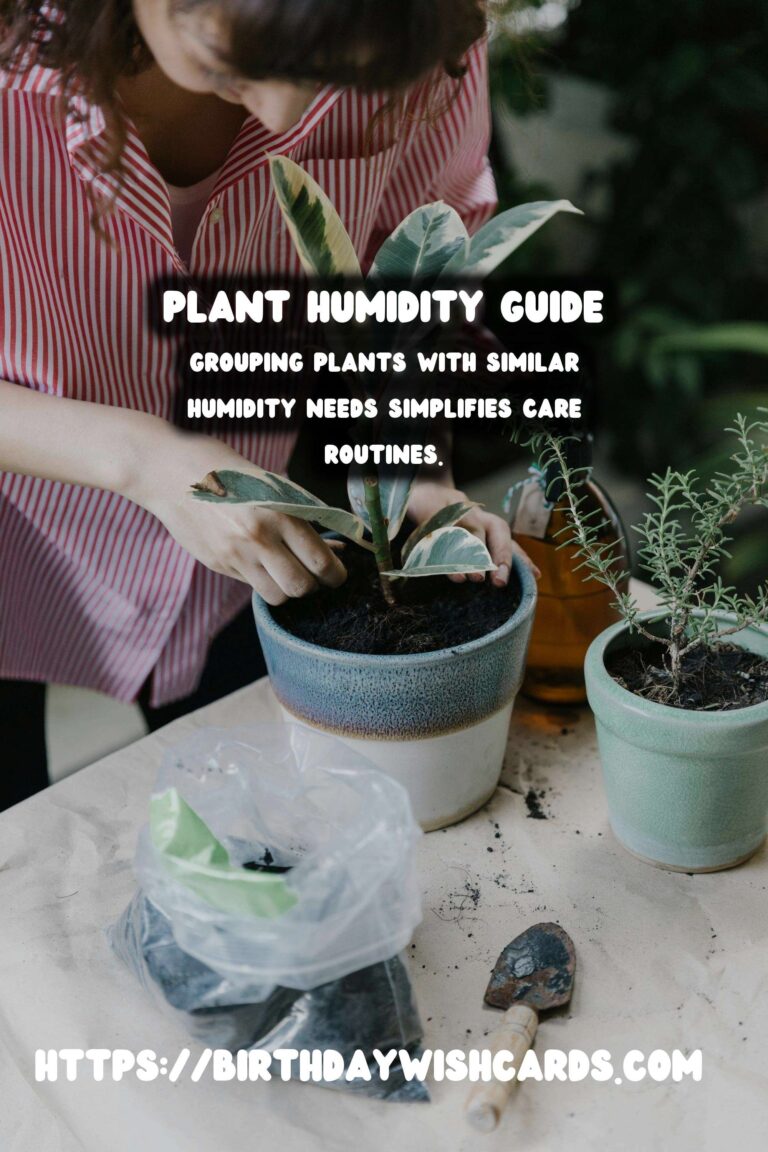
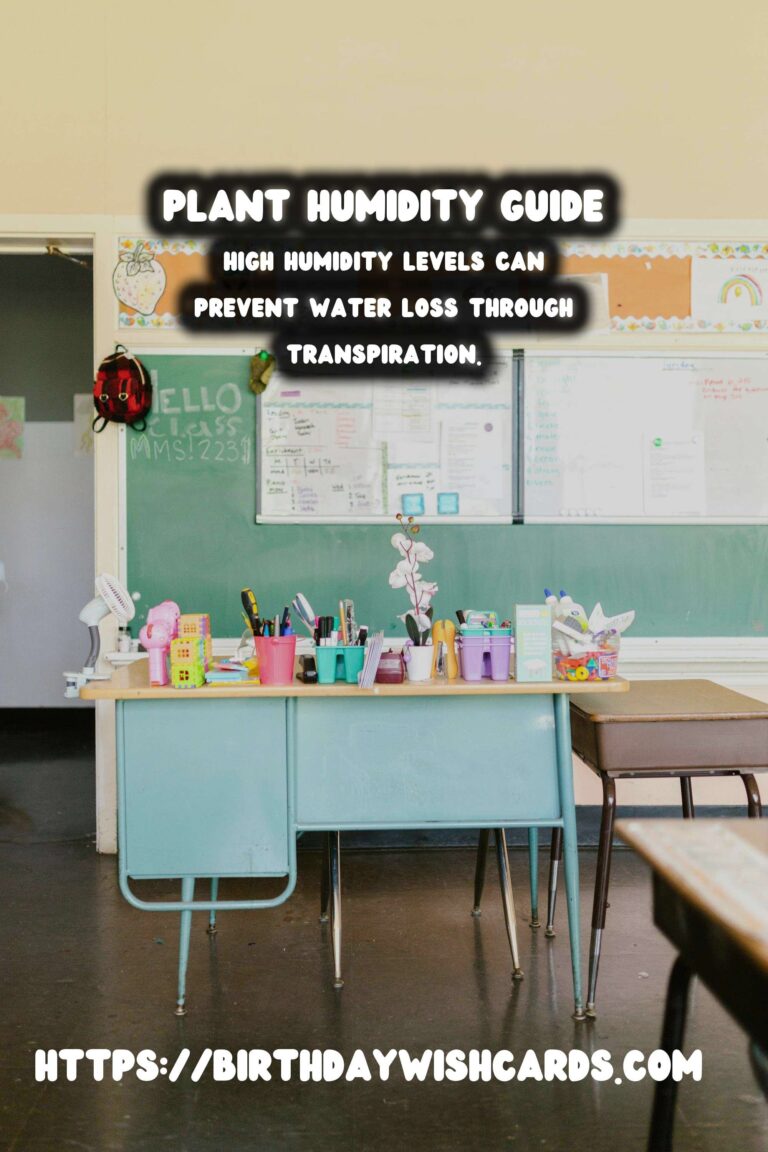
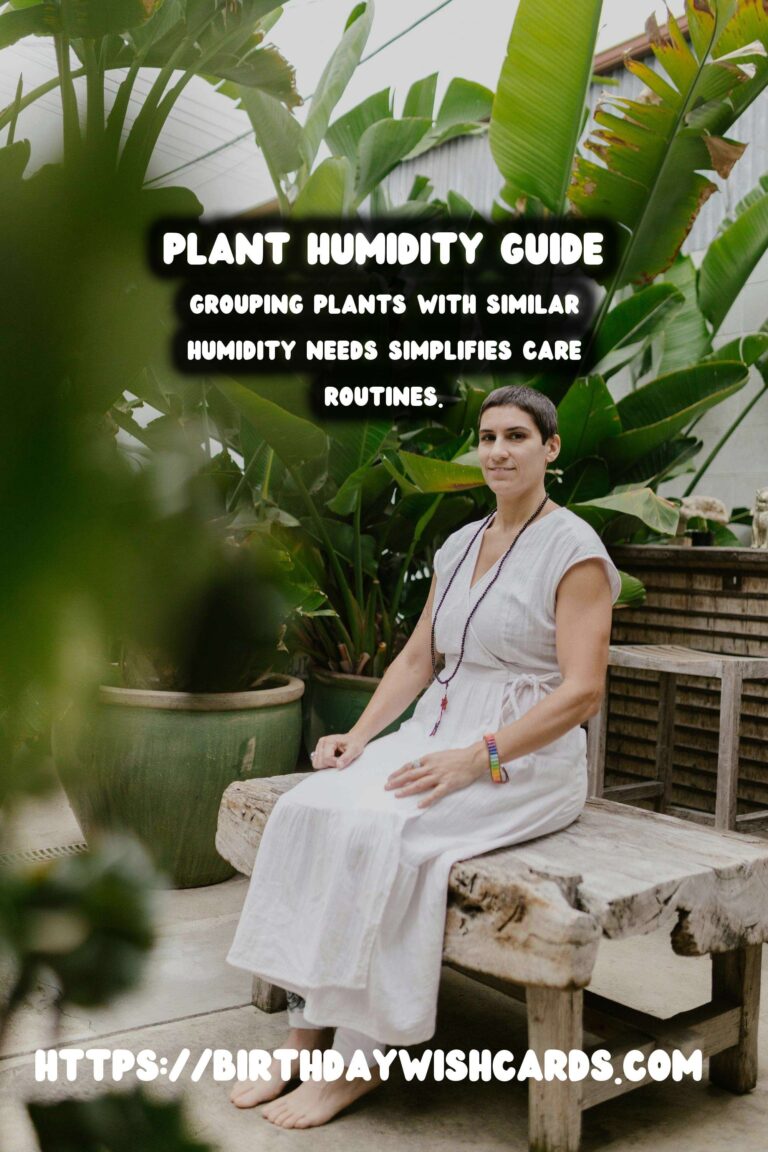
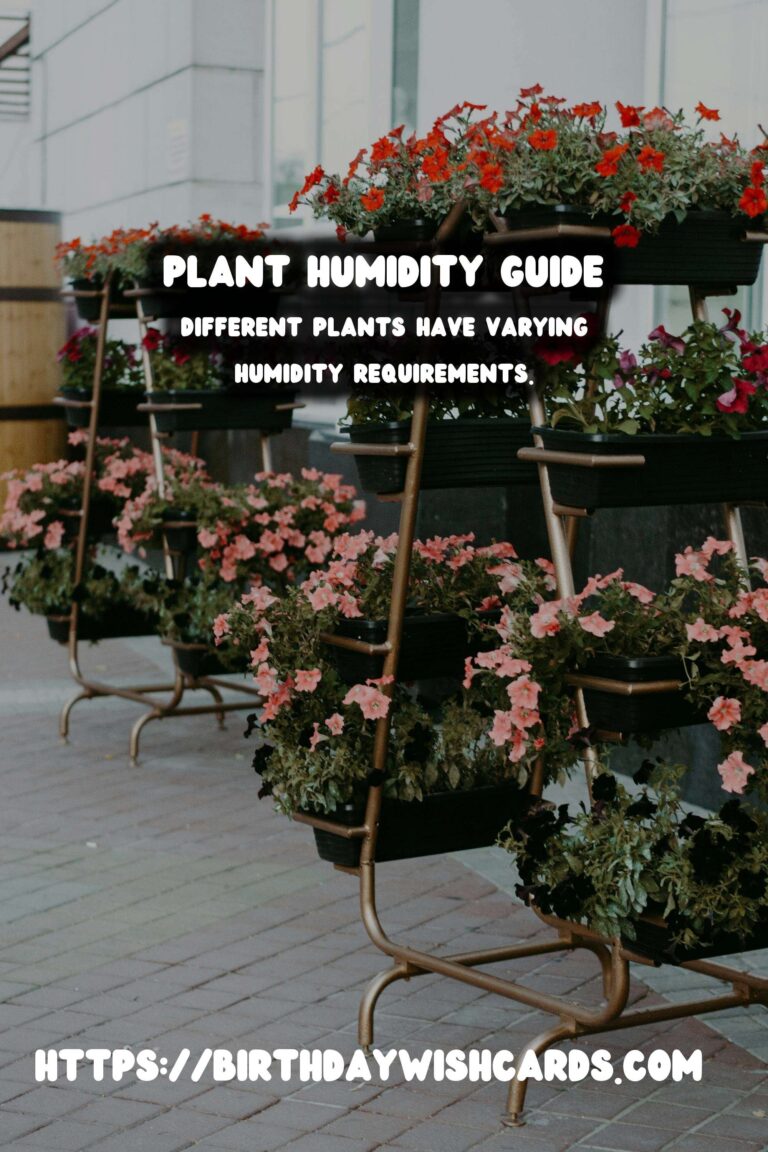
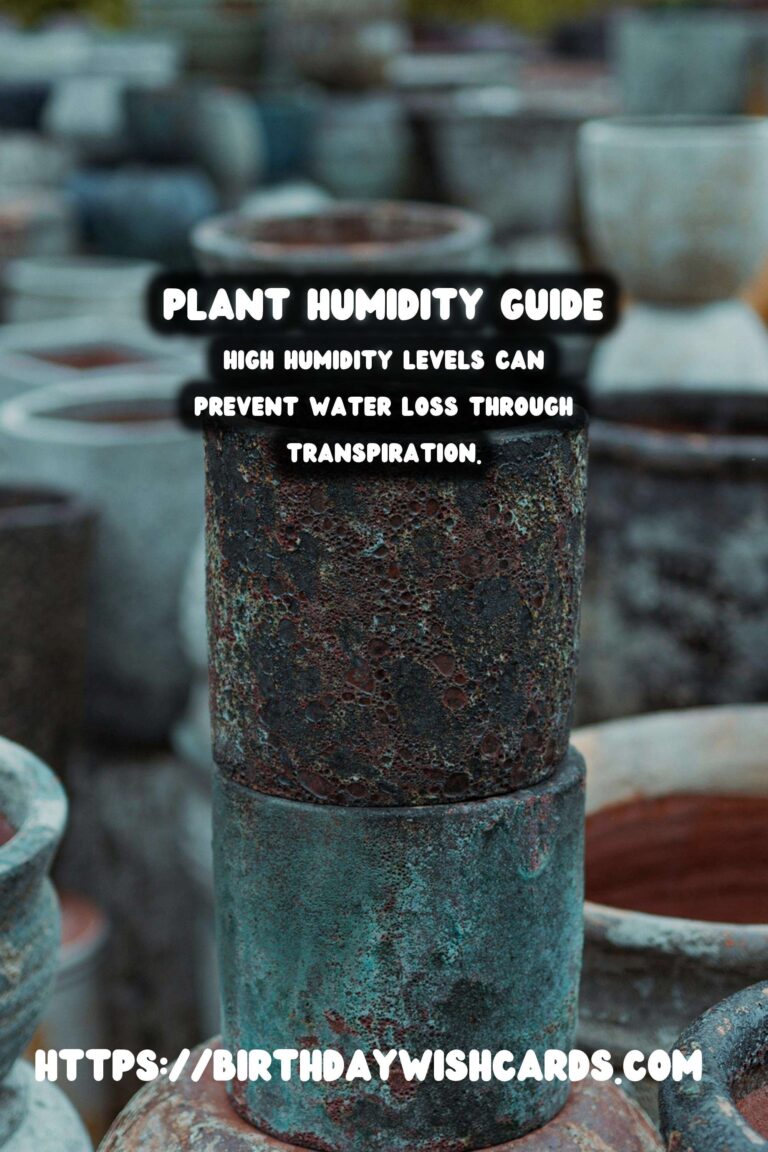
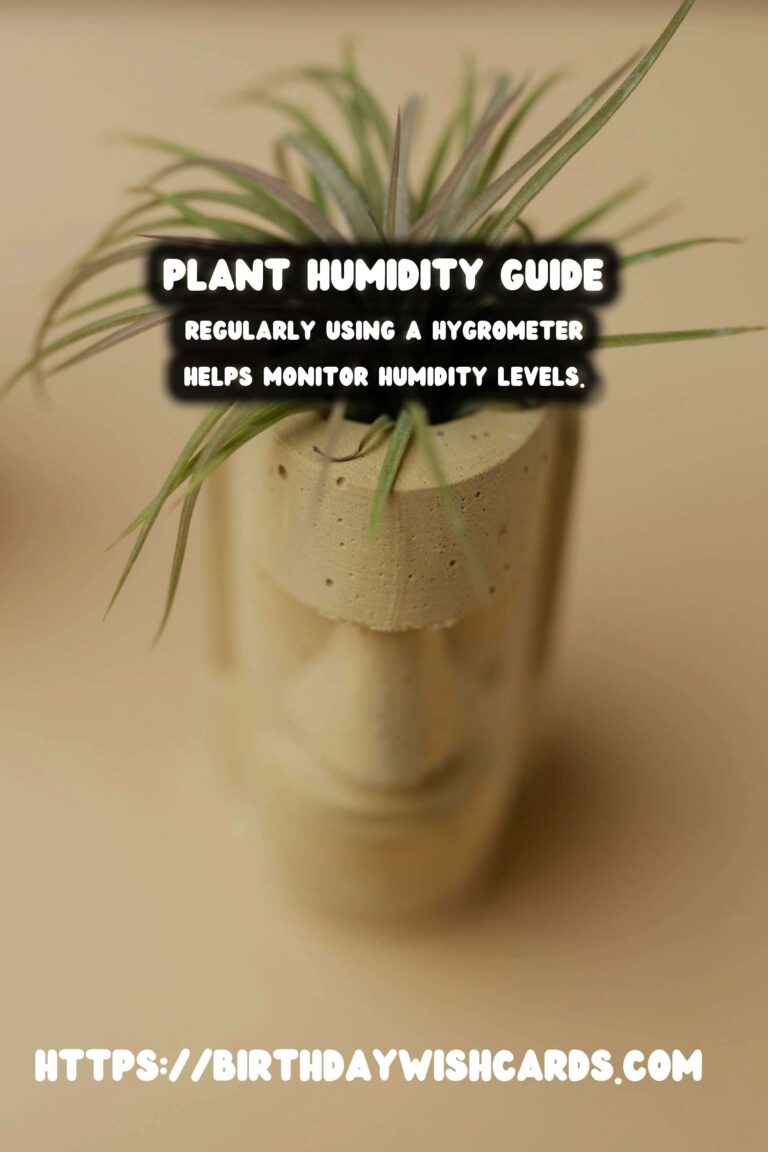
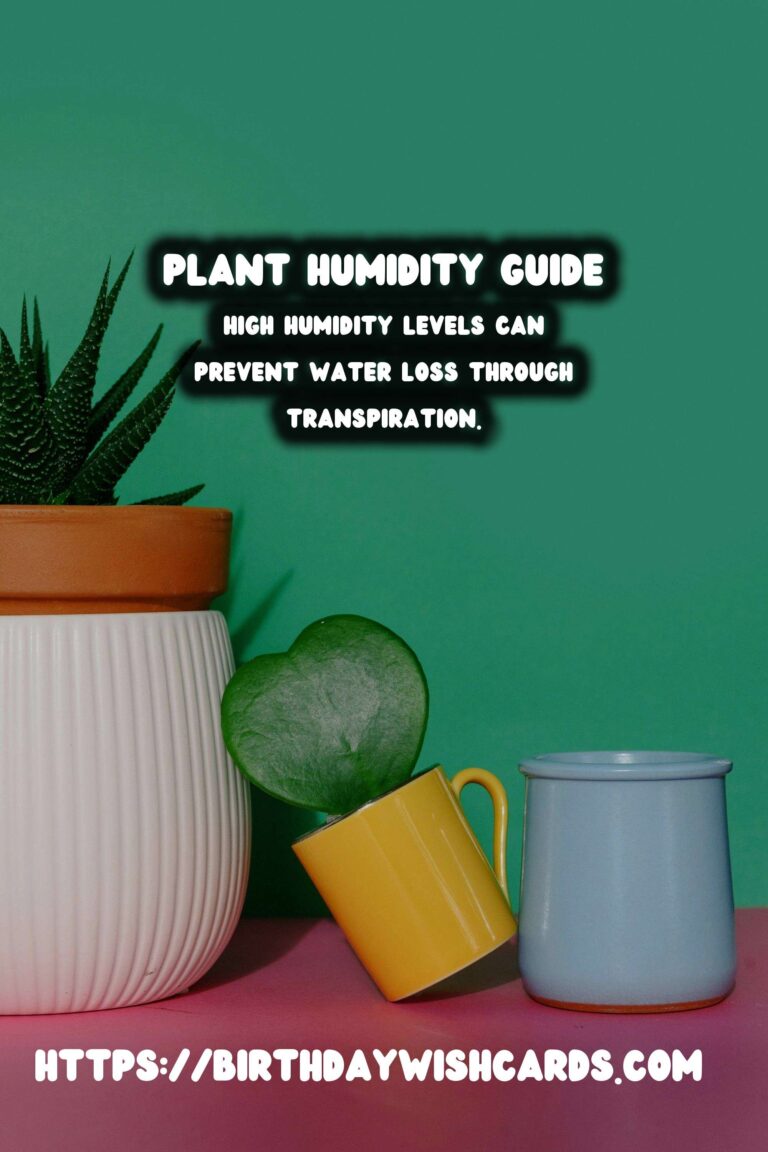
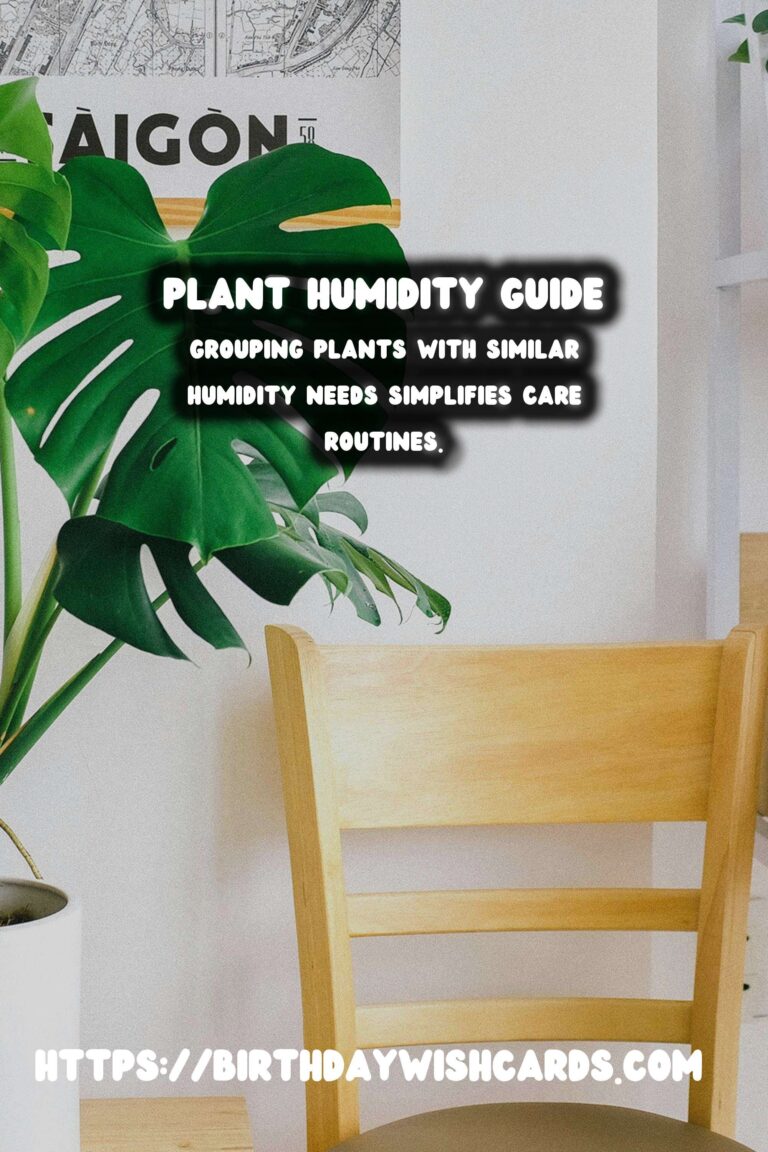
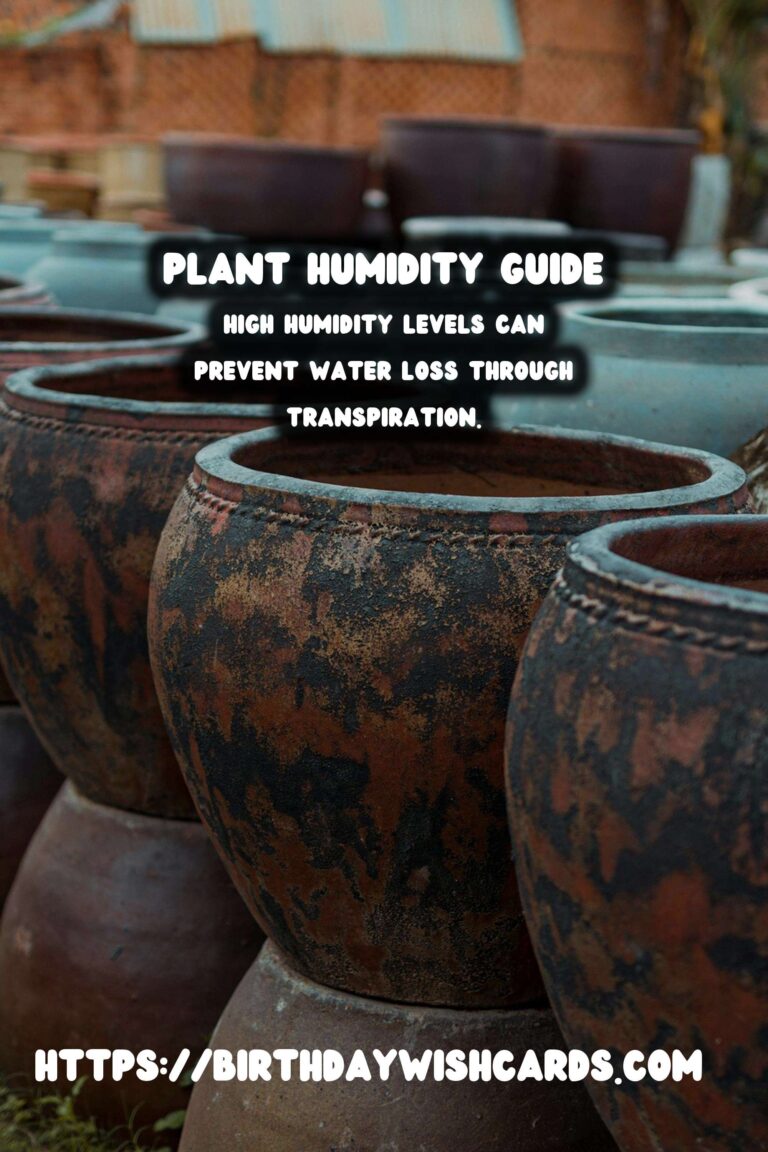
#PlantCare #IndoorGardening #Humidity #PlantParents



